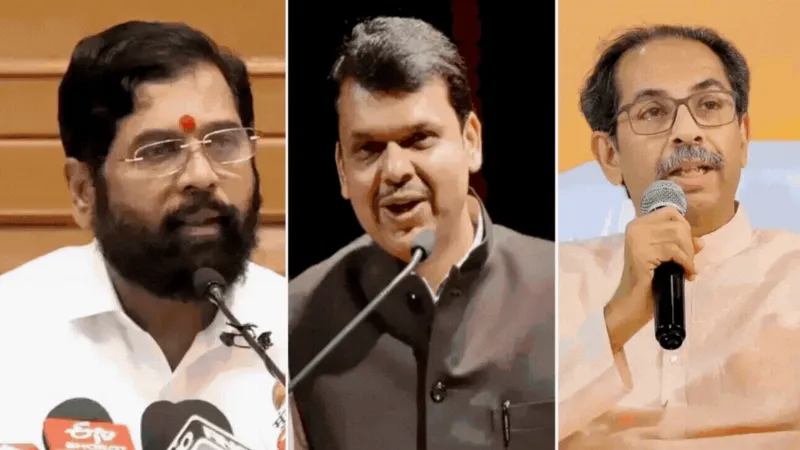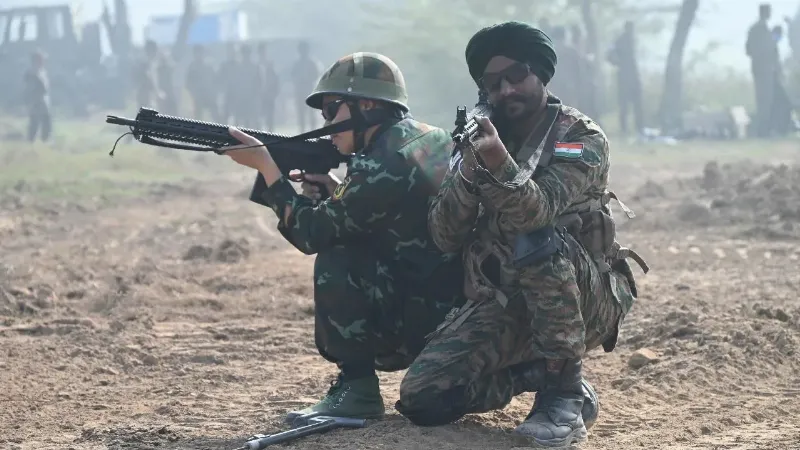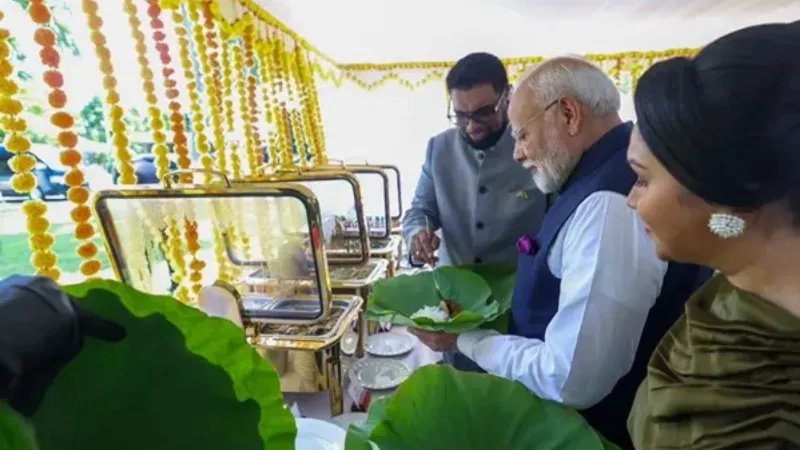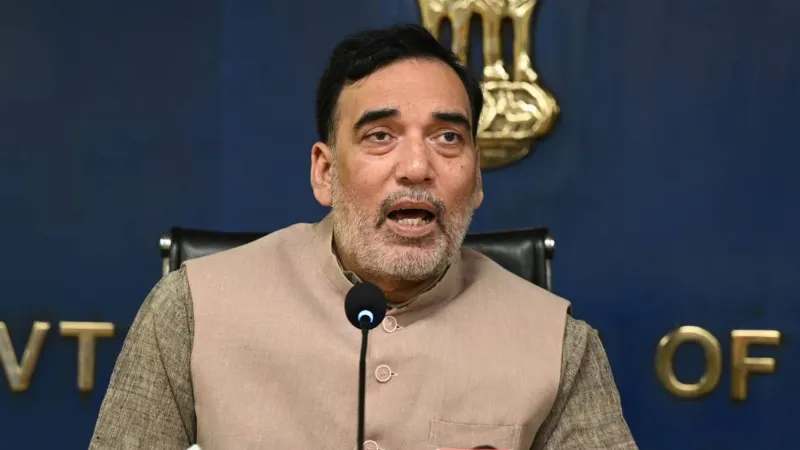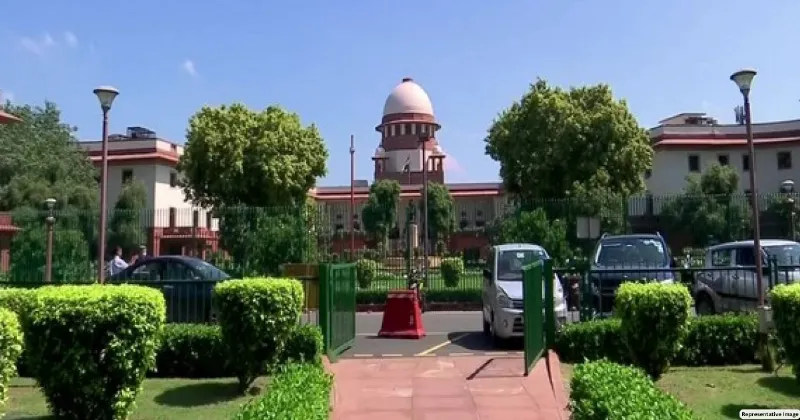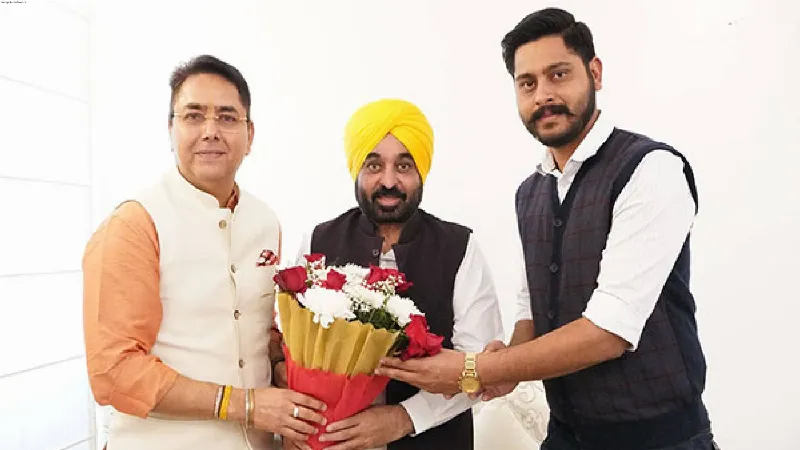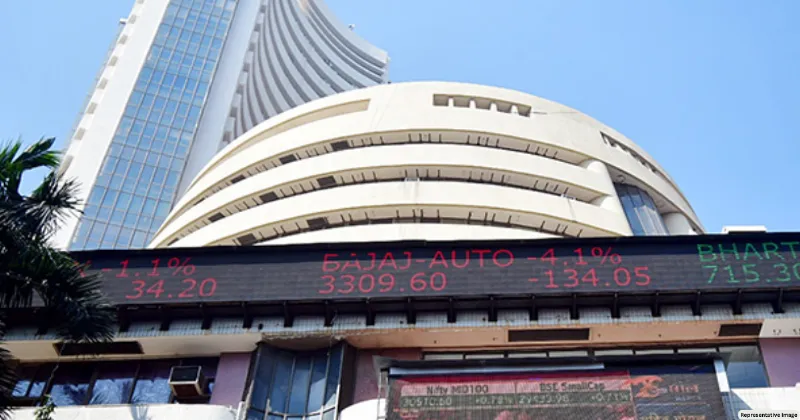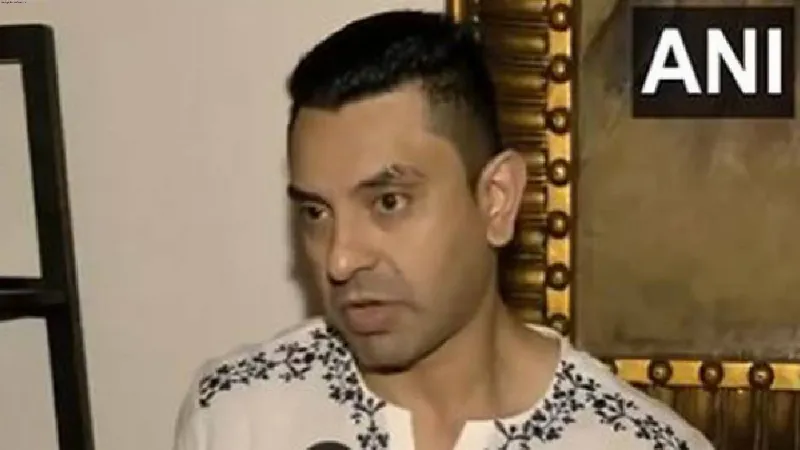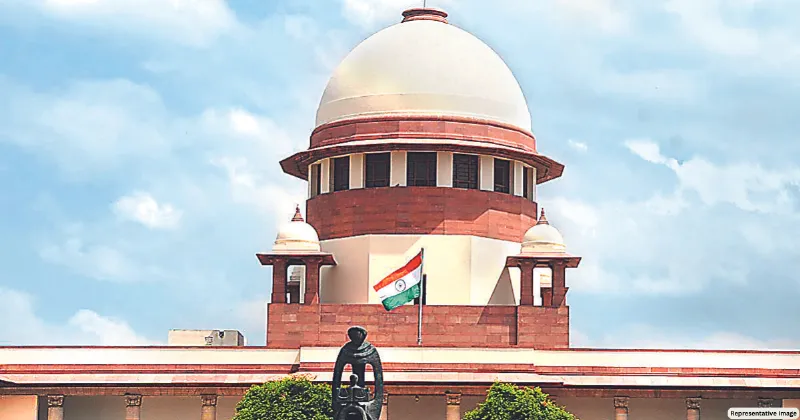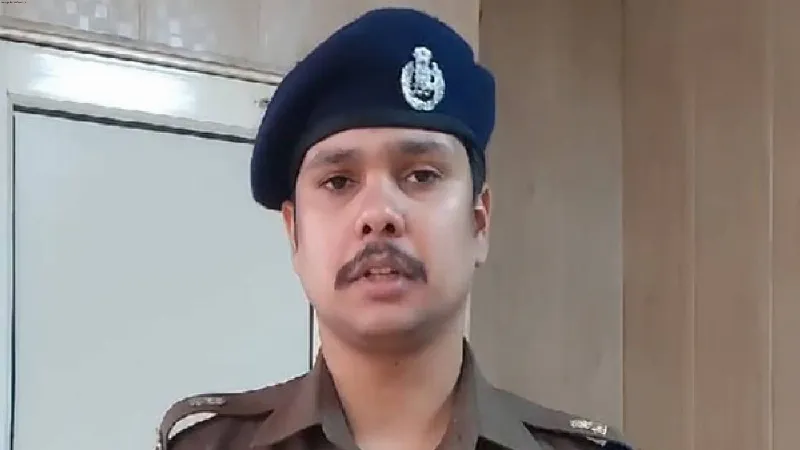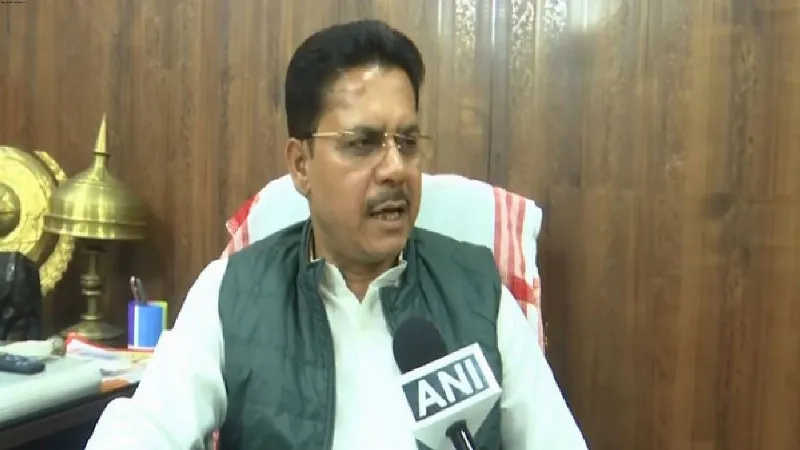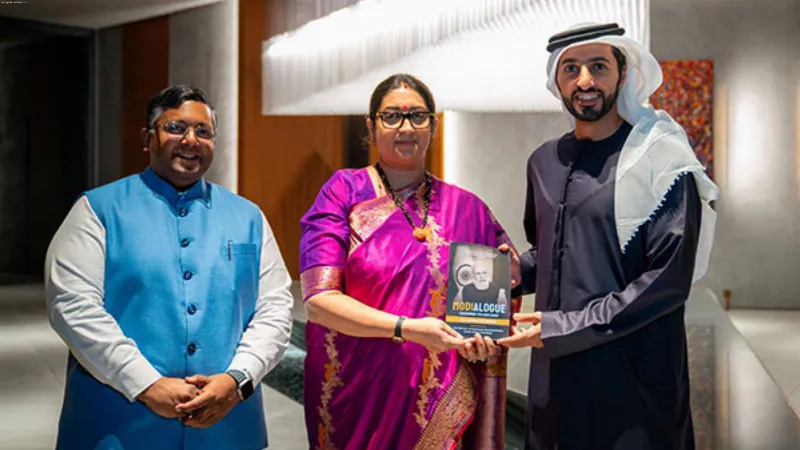RAJIV GANDHI’S ROLE IN FANNING THE AYODHYA MOVEMENT!

For the first time, in the Dharma Sansad held in Vigyan Bhawan, New Delhi, in April 1984, a demand to hand over the three holy places of the Hindus was made after a proper agenda was formed in this regard. These places included Ayodhya, Kashi, and Mathura. In the same Dharma Sansad, the Ramjanmabhoomi Mukti Yagya Committee was formed, and Mahant Avaidyanath, head of Gorakshpeeth, was elected as its president, while the general secretary of the committee was former Congress minister Dau Dayal Khanna, who had also been a minister in the Congress government.
Dr Karan Singh, son of Kashmir Maharaj Hari Singh, a Congress leader and minister in the Indira Gandhi government, was the main speaker during this Dharam Sansad. In his speech, Karan Singh expressed regret that Hindu holy places are being ignored in the country. He even said in the Dharma Sansad that not even a lamp can be lit in the Ram Temple, and it is a matter of shame.
During this period, relief camps were set up for riot victims in Moradabad, Uttar Pradesh, and Congress minister Dau Dayal Khanna was attacked by Muslim miscreants in the relief camp. According to media reports, Khanna approached the Congress President, urging him to tell Prime Minister Indira Gandhi the reality of the Moradabad incident, but Indira Gandhi did not listen. At that time, Khanna was not in such an important position that Indira Gandhi could have replied to him. Later, Khanna also started appearing on the platforms of major Hindu organisations and started sharing a stage with two-time acting Prime Minister Gulzarilal Nanda.
CONSTANT QUESTIONS RAISED ON THE ROLE OF RAJIV GANDHI
According to Belgian Hindu thinker Koenraad Elst, when the Dharma Sansad was organised in Delhi in 1984, Rajiv understood that this would become a big issue. He then started the initiative for diagnosis. Elst is known for his Hindu ideas, and in one of his articles, he writes that Rajiv Gandhi’s move to open the locks of the disputed structure and then allow the foundation stone to be laid there was a practical and balanced decision, but later his successors could not continue the same Ayodhya policy.
MANI SHANKAR AIYAR SAID RAJIV’S DECISION WAS WRONG
On the contrary, during the time of Rajiv Gandhi, such ideas also existed in the Congress, which was looking at the Ayodhya issue from a political prism. Former Union Minister and Congress leader Mani Shankar Aiyar, in his autobiography ‘Memoirs of a Maverick - The First Fifty Years (1941-1991),’ has written that the immediate decision of then Prime Minister Rajiv Gandhi to open the locks of the Ram Temple in Ayodhya and allow the foundation stone laying ceremony was a wrong one. Aiyar wrote that the main agenda of the 1989 general elections was decided to be ‘Panchayati Raj,’ but it changed at the last moment. Work was done on this for several months and it was decided that Rajiv Gandhi’s tour would start from Nagaur in Rajasthan. Instead, the Lok Sabha election campaign in 1989 was started with the issue of laying the foundation stone from Ayodhya. According to Aiyar, this advice was given to Rajiv by Sheila Dikshit. Aiyar writes that in order to come to power for the second time, Rajiv Gandhi began to seek direct support from Ayodhya. In 1989, Rajiv initiated his electoral campaign from Ayodhya itself. Congress leaders portrayed Rajiv’s campaign as the beginning of ‘Ram Rajya.’
ON NOV 9, 1989, THE FIRST BRICK OF RAM TEMPLE LAID
With the consent of the Central Government, the foundation stone for the construction of the grand Ram Temple was laid on November 9, 1989. A seven cubic feet pit was dug and the foundation stone was laid. Kameshwar Choupal from Bihar, who hails from a Scheduled Caste, laid the first brick of the foundation of the temple. Regarding laying the foundation, Choupal said that the saints of that time had taken this decision by taking inspiration from the life of Lord Shri Ram. When Ram went to the forest, he did not go to the door of any king but went to the doors of either the saints or the neglected people of the society. This decision of the saints proved to be a cause of social harmony in the Ram Janmabhoomi movement. After this, all the differences of caste, forward-backwards, high-low, etc. were erased in the Ram Janmabhoomi movement. The Ram Mandir movement was not of any one society, but of every Sanatan person, no matter which caste he or she belonged to.

